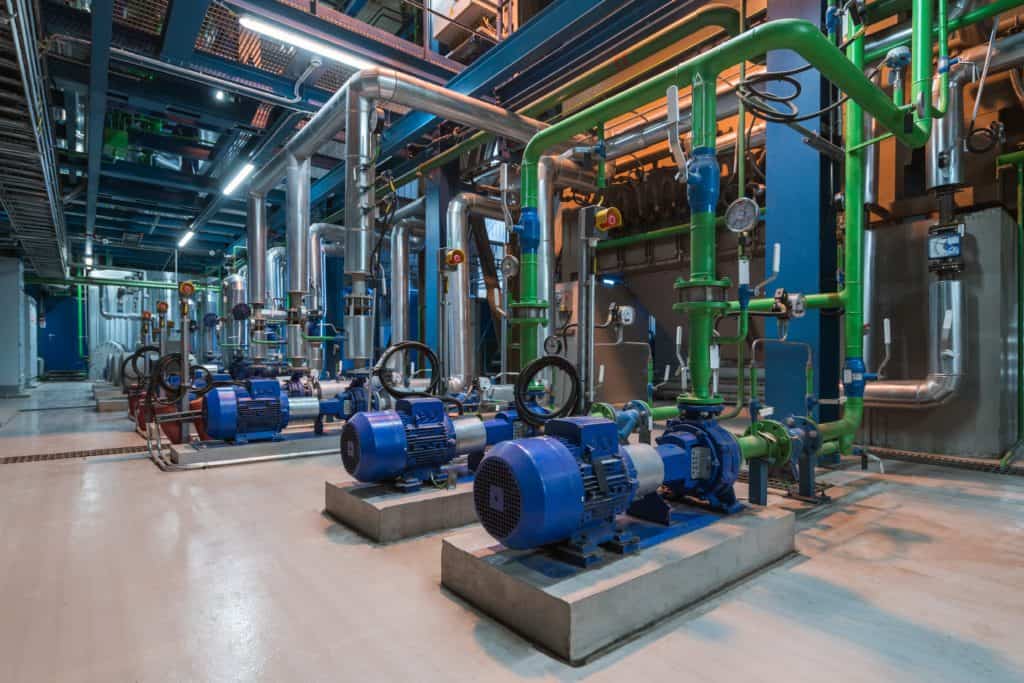Power quality is a very important factor in the success of any plant and it needs to be monitored carefully. If your power quality is poor, machines and monitoring systems won’t operate as efficiently or effectively, extraneous heat could be produced, automated features can malfunction and the overall lifespan of the equipment can be shortened.
If you think you may have a power quality issue at your facility, you will want to take the time to measure it. Even if you don’t currently have energy efficiency problems, it’s a good practice to have as part of a regular inspection procedure. After all, power quality is ultimately controlled by outside sources. Even if all your equipment is perfectly dialed in, it can still suffer from weak power quality coming into the plant’s electrical system.
The One-Line Diagram
First, you need to understand the one-line diagram of the facility, which will identify all AC power sources, their load servings and their ratings. This is essentially your plant operator’s road map that will help when inspecting any power quality issues. Power quality measurements should be performed by knowledgeable and skilled technicians.
Here are a few potential power quality problems that need to be tested and measured:
- Voltage Sag – This is any reduction in voltage magnitude between 10 and 90 percent of the normal root mean square (RMS) voltage for more than eight milliseconds. Sags can be hard to identify because they are often unpredictable, but when they occur regularly it is a sign of poor power quality.
- Harmonics – These are multiples of a fundamental frequency that can distort the sine wave and generate voltage distortion. Harmonics most often affect equipment with rectifiers and pulse-generation features. They can be measured at the point of coupling with a power quality analyzer or a harmonics analyzer.
- Transients – Sometimes, there may be momentary excursions of voltage above the normal sine wave. These are known as transients. The same tools and techniques used to detect sags can also detect and measure transients when performing a power quality inspection.
- Voltage Unbalance – This can affect three-phase motors and systems. Voltage unbalance can lead to torque pulsation, unnecessary vibrations, motor overheating and mechanical stress. A high-quality DMM and clamp meter can be used to measure voltage unbalance.
Having the Most Energy-Efficient Equipment
Another issue to consider when measuring power quality is the equipment itself. If your equipment is consuming too much energy or more than your plant’s electrical system can handle, it will lead to problems. The right equipment can reduce operating costs and help prevent damage from poor power quality output.
When performing power quality testing, it is vital to understand the environment, secure the location and verify all the connections. It’s always a good idea to perform a dry run before considering the tests complete. When it comes to power quality and energy efficiency, it’s worth taking your time to do it right.
To learn more about Cortech Engineering’s energy-efficient equipment and other ways to maximize your power quality at your plant, contact us today. We’re here to help you get the most out of your operation with the maintenance plans, inspection services and products you need for a successful facility.

